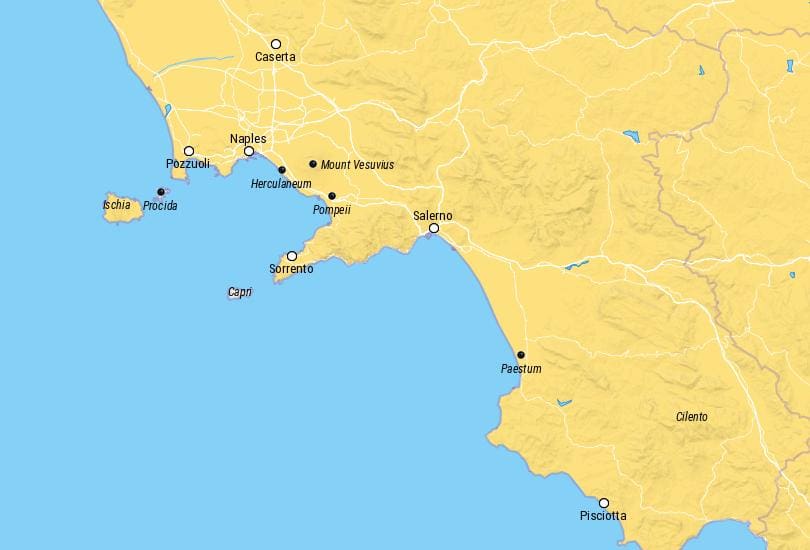Rajasthan, the land of kings, is home to numerous architectural wonders that narrate tales of valor, culture, and grandeur. Among these treasures, the hill forts of Rajasthan stand tall as mesmerizing witnesses to the glorious past. These imposing structures, strategically positioned on hilltops, not only served as defensive bastions but also showcased the architectural finesse of the bygone era. Let’s embark on a virtual journey exploring eight marvellous hill forts of Rajasthan.
Chittorgarh Fort
History and Significance
One of the largest hill forts in India, Chittorgarh Fort bears witness to the legendary tales of Rajput bravery and sacrifice. Founded in the 7th century, it has witnessed several battles and is a symbol of the Rajput resistance against foreign invasions.
Architectural Features
Chittorgarh Fort boasts a blend of Rajput and Mughal architectural styles. With its seven gates and many palaces, temples, and towers, the fort displays exquisite craftsmanship and intricate carvings.
Key Attractions
The fort houses several notable attractions, including the Vijay Stambh (Tower of Victory), Kirti Stambh (Tower of Fame), Rana Kumbha Palace, and Padmini Palace. Each of these landmarks carries its own historic significance and adds to the fort’s allure.
Kumbhalgarh Fort
Historical Background
Located in the Aravalli Range, Kumbhalgarh Fort stands as a testament to Rajput valor and resilience. Built in the 15th century by Rana Kumbha, this fortress witnessed battles and provided refuge to rulers during times of conflict.
Unique Features
Kumbhalgarh Fort is known for its massive walls, often referred to as the “Great Wall of India.” These walls extend over 36 kilometers, making them the second-longest continuous wall after the Great Wall of China. The fort’s strategic location atop a hill offers breathtaking panoramic views of the surrounding landscape.
Notable Attractions
Within the fort, visitors can explore Badal Mahal, Kumbha Palace, Vedi Temple, and the famous Kumbhalgarh Wildlife Sanctuary. The fort’s architectural splendor and natural surroundings make it a captivating destination.
Jaigarh Fort
Overview and History
Jaigarh Fort, perched on the Aravalli Hills, is renowned for its formidable defenses and impressive architecture. Constructed in the 18th century, this fort was primarily built to protect the Amer Fort and the royal family.
Architectural Highlights
The fort is famous for its extensive cannon foundry, which produced some of the world’s largest cannons. The intricate water supply and storage systems, such as the underground tanks, are marvels of engineering.
Must-Visit Spots
Visitors to Jaigarh Fort can explore the armory, museum, and enjoy the stunning views of the surrounding hills. The fort’s connection with the stories of treasure and secret tunnels adds an element of intrigue.
Mehrangarh Fort
Introduction and Background
Rising above the city of Jodhpur, Mehrangarh Fort is an imposing structure that reflects the architectural brilliance of the Rajputs. Founded in the 15th century by Rao Jodha, this fort is one of the largest and most well-preserved forts in India.
Impressive Architecture
Mehrangarh Fort’s architecture showcases intricate carvings, expansive courtyards, and ornate palaces. The fort’s seven gates, each depicting various victories and symbolic motifs, leave visitors in awe.
Major Tourist Spots
The fort houses several noteworthy attractions, including the Jaswant Thada, a marble cenotaph; the museum showcasing artifacts, costumes, and weaponry; and the Chamunda Devi Temple. Exploring the fort offers a glimpse into the rich history and culture of the region.
Nahargarh Fort
Brief History
Nestled in the Aravalli Hills near Jaipur, Nahargarh Fort was built as a defensive retreat for the royals. It holds historical significance as it witnessed various battles and served as a hunting lodge.
Architectural Grandeur
Nahargarh Fort’s architecture combines Indian and European styles. The fort’s walls, watchtowers, and stunning views of Jaipur city make it a captivating destination.
Popular Sections
The fort offers attractions such as Madhavendra Bhawan, a palace with interconnected suites for the royal family, and the Nahargarh Biological Park. Exploring these sections transports visitors to an era of opulence and natural beauty.
Amber Fort
Historical Context
Amber Fort, also known as Amer Fort, is a UNESCO World Heritage Site located near Jaipur. Built in the 16th century, this fort served as the capital of the Kachwaha dynasty.
Architectural Brilliance
Amber Fort showcases a fusion of Rajput and Mughal architectural styles. The Sheesh Mahal (Mirror Palace), with its intricate mirror work, and the Diwan-i-Aam (Hall of Public Audience) are prime examples of the fort’s grandeur.
Must-See Areas
Visitors can explore the Ganesh Pol (Gate of Ganesh), the private chambers of the queens, and enjoy an elephant ride up to the fort. The stunning architecture and panoramic views make it a must-visit destination.
Junagarh Fort
Background and Significance
Junagarh Fort, located in Bikaner, is a magnificent structure built in the 16th century by Raja Rai Singh. Unlike many other forts in Rajasthan, it was never captured.
Architectural Style
The fort showcases a blend of Rajput, Mughal, and Gujarati architectural styles. The intricate stone carvings, ornate balconies, and beautifully decorated halls demonstrate the artistic finesse of the era.
Noteworthy Attractions
The fort houses attractions such as Anup Mahal, Karan Mahal, Phool Mahal, and the Junagarh Fort Museum, which exhibits a vast collection of artifacts, paintings, and royal belongings. Exploring the fort provides insights into the regal past of Bikaner.
Jaisalmer Fort
Introduction and Historical Background
Jaisalmer Fort, also known as the Golden Fort, is a UNESCO World Heritage Site situated in Jaisalmer. Built in the 12th century, it stands as a magnificent example of a living fort.
Unique Characteristics
Jaisalmer Fort is renowned for its golden sandstone architecture, which gives it a golden hue at sunset. The fort’s intricate carvings, narrow alleys, and havelis (mansions) within its walls transport visitors to a bygone era.
Prominent Features
Within the fort, visitors can explore attractions such as Raj Mahal, Jain Temples, and the Patwon Ki Haveli. The vibrant markets and the stunning view of the Thar Desert from the fort ramparts add to the charm of this destination.
Conclusion
The hill forts of Rajasthan offer a captivating journey into the rich history, culture, and architectural marvels of the region. From the majestic Chittorgarh Fort to the golden hues of Jaisalmer Fort, each fort narrates its own tale of valor and grandeur. Exploring these forts provides an immersive experience that leaves visitors awe-inspired.
FAQs
- How old are these forts? The forts vary in age, with some dating back to the 7th century and others built in more recent centuries.
- Are these forts accessible for tourists? Yes, these forts are open to tourists and offer guided tours for visitors.
- Are there any guided tours available? Yes, guided tours are available at most of these forts, providing insights into their history and architectural features.
- Are there any entry fees for these forts? Yes, there are entry fees for most forts to help with their maintenance and preservation.
- Can visitors explore the forts at their own pace? Yes, visitors can explore the forts at their own pace, allowing them to delve deeper into the intricacies of these magnificent structures.







Great post. I was checking continuously this blog and I am impressed! Very helpful info particularly the closing phase :) I maintain such information much. I was looking for this certain info for a very lengthy time. Thank you and good luck.